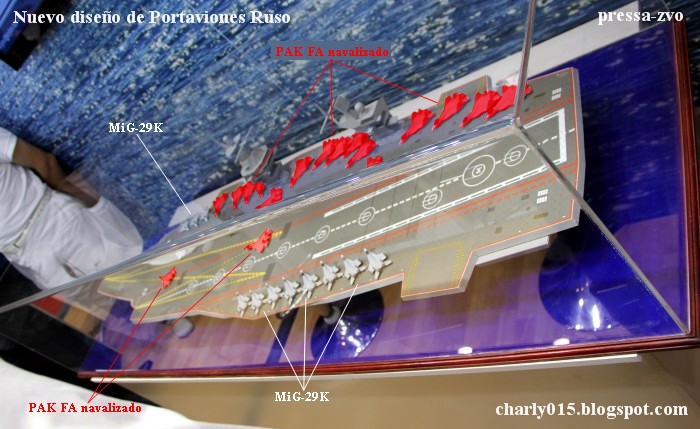Brando wrote:This is a misconception many people have - the greatest asset of the F35 isn't its VLO properties but its massive sensor suite and intelligent sensor fusion capabilities that gives it tremendous situational awareness over adversaries. This improves the sensor to shooter loop over even kinetically superior foe as the F35 is all about "standoff" ranges. The sheer ability to process the massive amount and kinds of sensor data quickly into a simple intuitive interface already gives the F35 the advantage in observing, orienting and deciding before the higher, faster and quicker adversary can close to "act". With proper air combat strategies and tactics; that the USAF is sure to work out, the F35 will always leverage its advantages in greater situational awareness by denying the kinetically superior adversaries a chance to get into a position where they can use their strengths against it.
You are actually incorrect here, because there is nothing magical about the JSF's sensor suite or its "intelligent sensor fusion capabilities". If you look nto the topic, it becomes clear that sensor fusion is now available on a variety of airframes, several of whom currently boast a variety of operational sensors that exceed what the JSF has today, and can match what it will come with it, as they develop.
The Rafale for instance has a mix of OSF (TV/FLIR on offer/LRF), Passive/Active EW, AESA radar, and NG MAWS, plus off the rail IR Seeker heads - all of which are sensor fused by the MDPU central computer!
The PAKFA is to have 3 AESA Arrays, OLS/IRST, OLS-detectors, Passive/Active EW, OLS-DIRCM, wing mounted Long range L Band AESA (IFF/Detection both) - sensor fused with automatic "Pilot Aids" aka a Pilot Associate that assists the pilot for critical steps.
The EF has a Captor radar, an IRST, Active/Passive EW, active MAWS - sensor fused and a pilot assistance system that actually gives cues during combat about which maneuver to pull!!
F/A-18 EF is to receive a sensor fusion in its latest upgrade & so is the LCA. Point is that sensor fusion is no longer the be-all and end-all of things, albeit a very useful capability to have.
And the first one to have it? The Gripen.
The Rafale, EF, Gripen all possess sensor fusion already, each with significant tailor made capabilities. Sensor fusion at best tells you easily where all the threats are depending on your sensors. Active & Passive. Now, if there are enough active sensors that CAN detect you, and are arranged in a manner wherein you cannot avoid them, you have to either attack them or degrade their quality. All this talk of using greater situational awareness to gain a war winning advantage is pointless, because the other side is doing much the same, since they too have high fidelity sensors & sensor fusion too (the Su-35 has it as well, and so does the PAKFA).
As matter of fact, even obsolete aircraft without the onboard computing to run sensor fusion can receive a fully coherent view of the battlefield thanks to high speed datalinks like Link-16. You can merely plug into the network and see whatever the sensor fused AWACS sees.
The JSFs onboard avionics are sophisticated, but by themselves no longer undetectable. As mentioned before, wide channel digital RWRs are becoming mature & being disseminated. LPI A2A radars remain important - not all aircraft can afford these complex devices, but those that can will have them.
So the only way to operate is to actually degrade the sensor footprint of the opponent either jam it or attack it or reduce its range - the JSF does it via VLO.
Problem is that as more and more complex sensors proliferate (e.g. long range, high power, mulit-band, distributed AESAs), the chances of detecting a JSF rise by far. In which case, the JSF has to fly through "contested" airspace.
It is in this, where its greatest limitations lie, and because of which the RAND folks (one of whom was an experienced combat aviation professional) glumly noted, cant turn (i.e. outmaneuver its opponents or weapons directed at it), and can't run (because of its aerodynamics limitations, based on having to do the Marine mission and getting a honkin' big fan into the airframe & limiting the design of all three variants as a result).
The F-22 & FGFA don't suffer from these issues. Crudely put, it doesnt matter if they are detected, because as airframes they are still decided to go up their with the best & get the job done.
Now the vast majority of times the US/NATO go up with something like the JSF against an opponent, the JSF will walk over them, because few have the money or the technology to induct the range of counters that can detect a JSF. In that sense, its a winner already.
But that does not mean that it cannot be countered. The Russians, and to some extent the Chinese will be working on it. At the end of the day, VLO/LO airframes like the JSF bring an advantage in that, being lower RCS, the support assets required to support them reduce. Lesser jamming assets for instance. But support, they will still require if they have to do their mission.
So, if one sees the F2, T2,E, A chain - Find, Fix, Track, Target, Engage, Assess - chain. The first five are what the JSF addresses" by making itself hard to detect and engage. Now, if it can be found, and fixed... the rest all fall into place. The issue then is, can you still go ahead with minimal support? The F-22 and FGFA are designed around that, clearly. The JSF.. not so much. It would have been if it had come a decade back.. but now, its entering service as the shield is developing against it as well.




